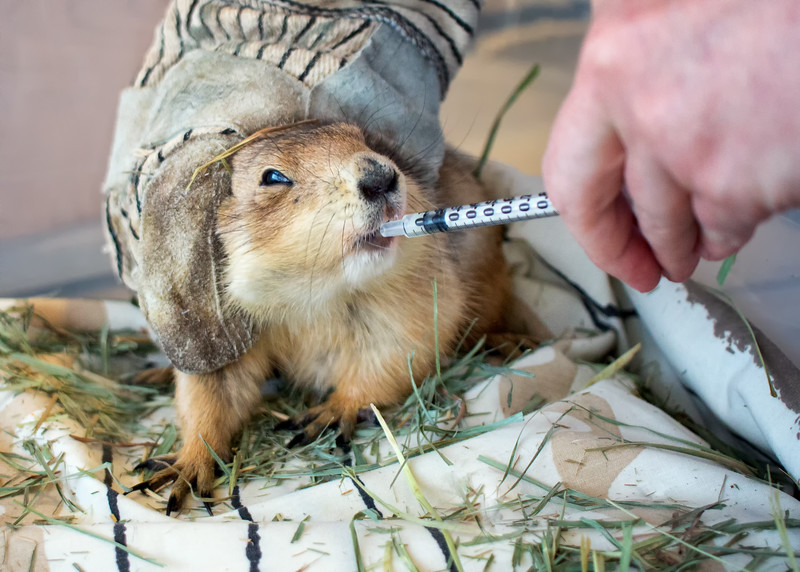You may have noticed your roadway travels have been a bit more gruesome the past few weeks. By this I mean the poor, bloated, splatted, squished prairie dogs that have littered the pavement.
This time of year, the young male prairie dogs get kicked out of the colony to find a new home. It’s a good thing, evolutionarily, because it promotes variety in the colony’s genetics. The males can mate with ladies of new families and mix up the gene pool.

This phenomena however, means hundreds of prairie dogs wander onto the highways and country roads at the same time of year. Many are left for the street scavengers before they find a new home.
The good news is, Colorado has begun an initiative for wildlife corridors. The Colorado Corridor Project is starting near Vail where wildlife cross I70. Right now, Rocky Mountain Wild and Denver Zoo are working on collecting data before they start to build. Find out how you can help with this project here. The project needs help identifying animals that are captured on various trail cameras that are set up in the area. All you have to do is look through trail camera photographs, identify the animal, and move on to the next image.. Easy and fun!
Corridors can certainly help reduce many wildlife/automobile collisions, but its also up to us as users of the roads to slow down for wild animals and be aware while driving. By supporting wildlife corridor initiatives and driving cautiously, we can ensure wildlife like these prairie dogs get a chance to find their own little mound on the prairie.

